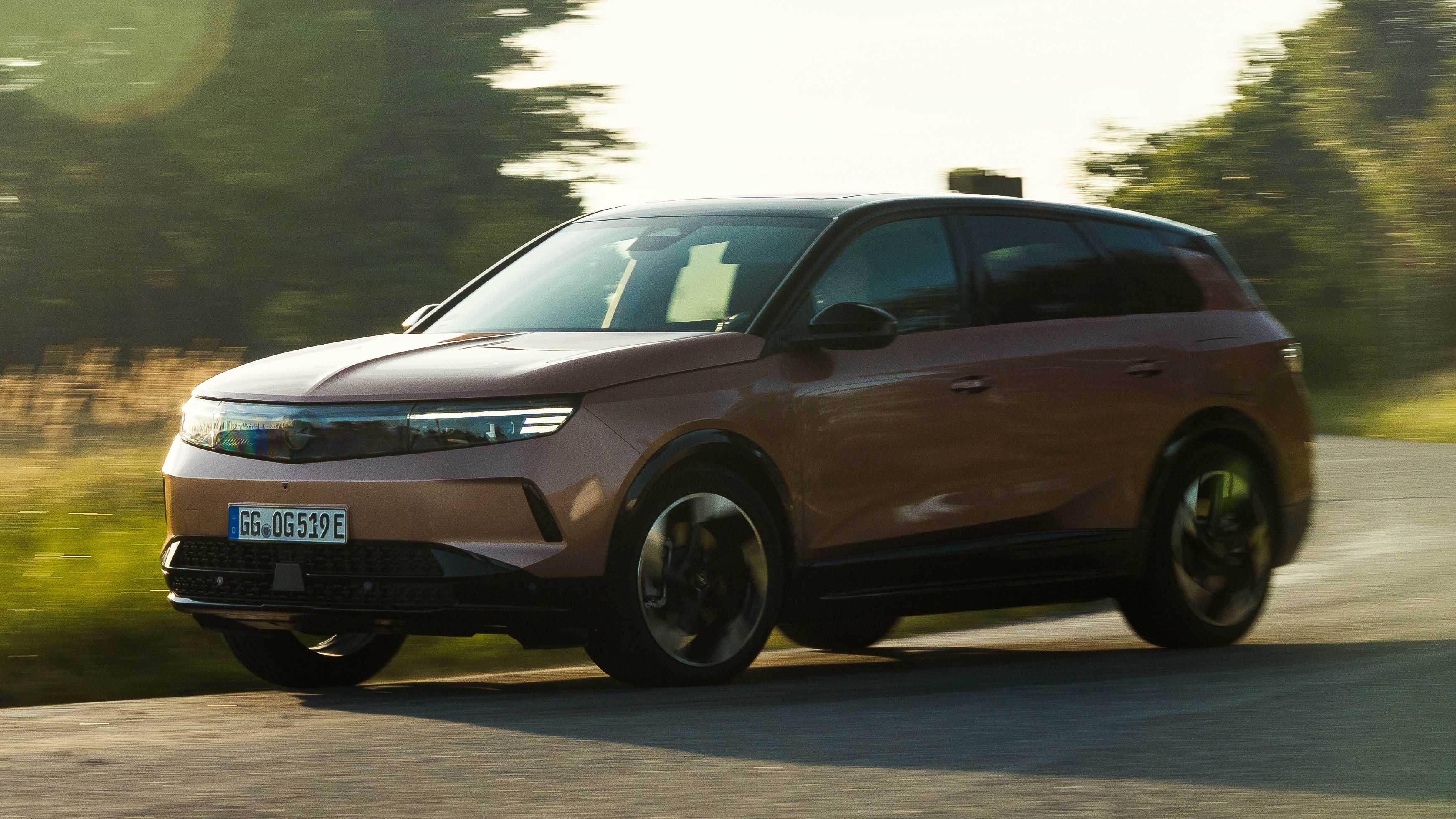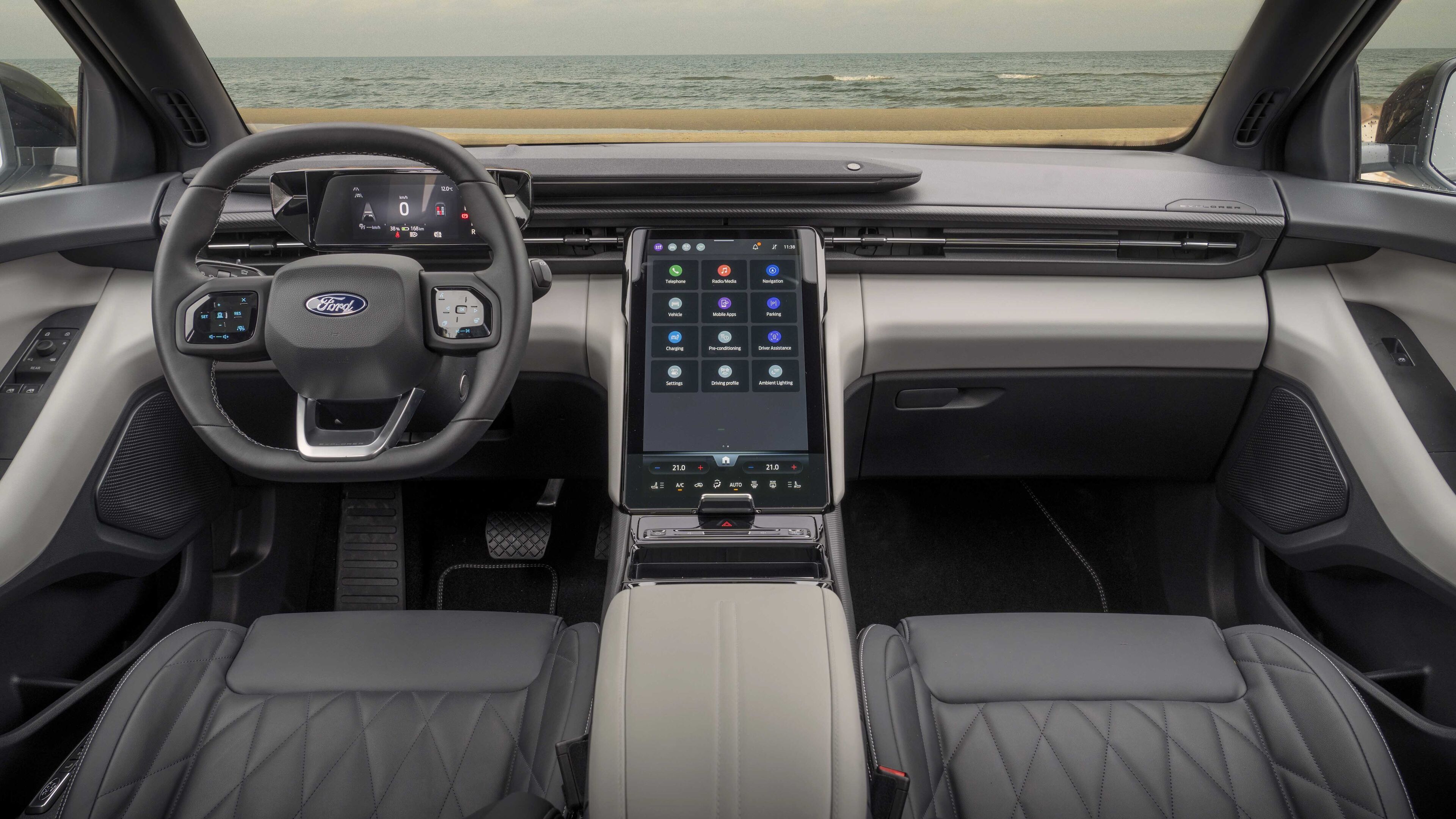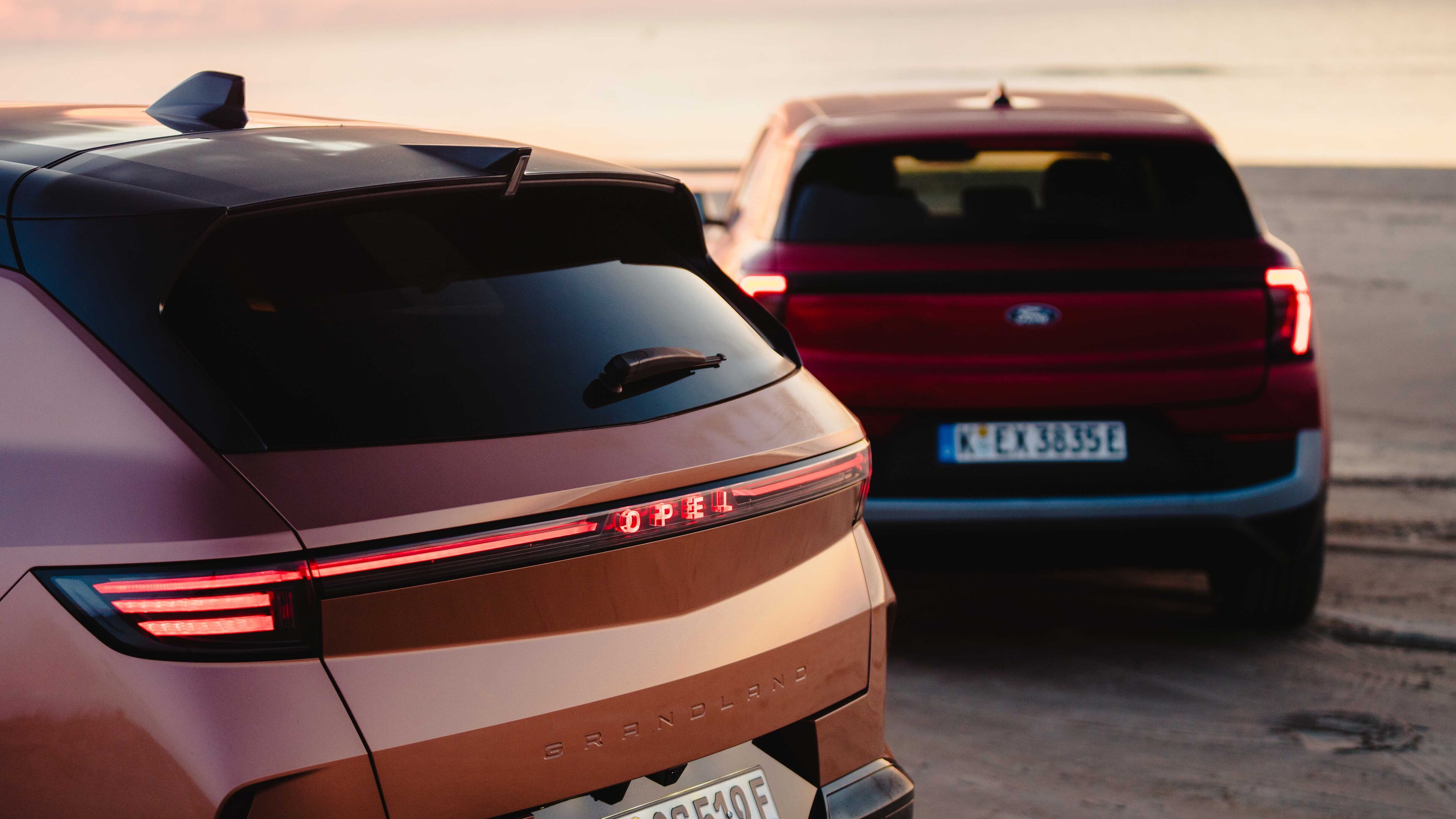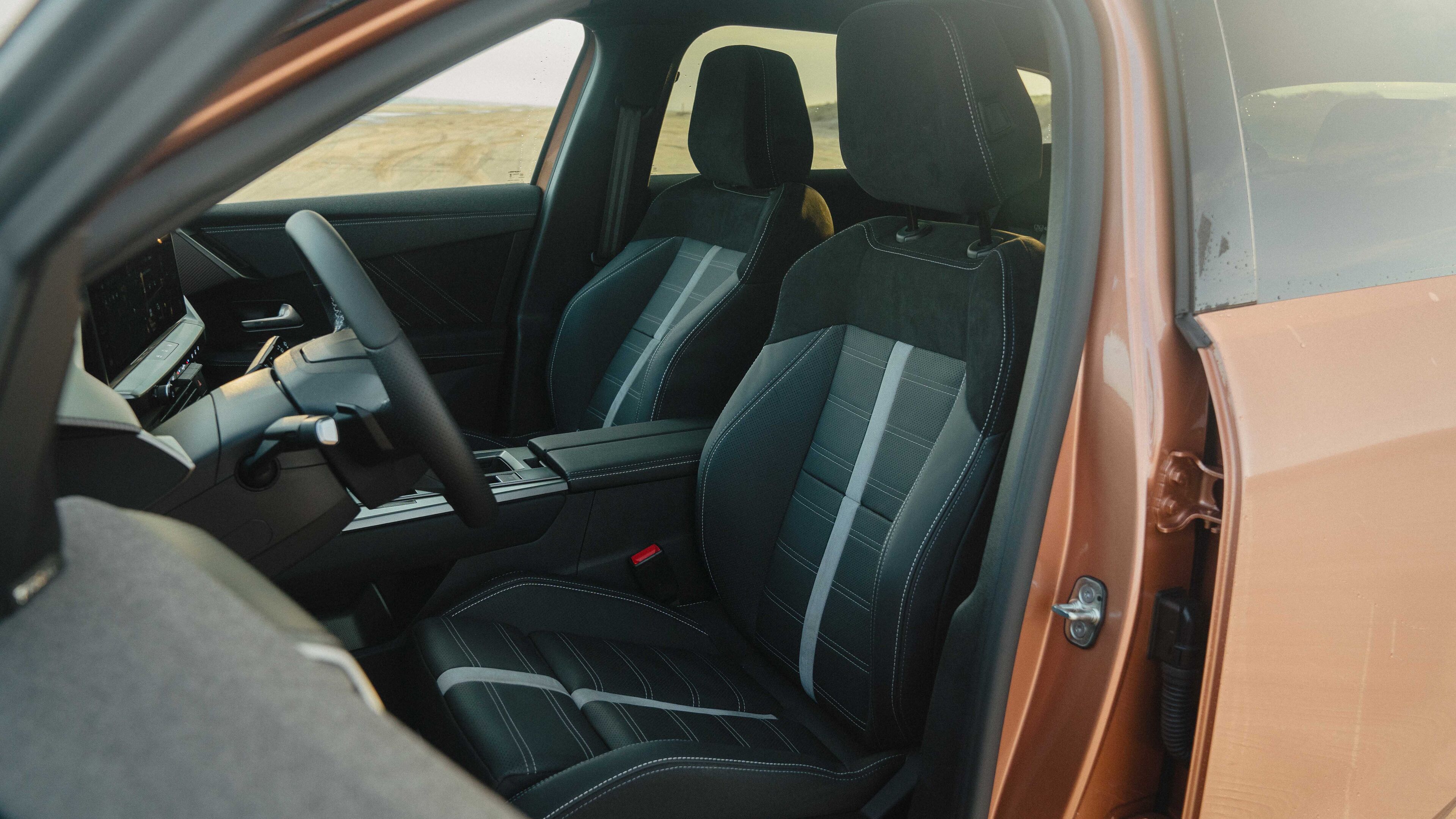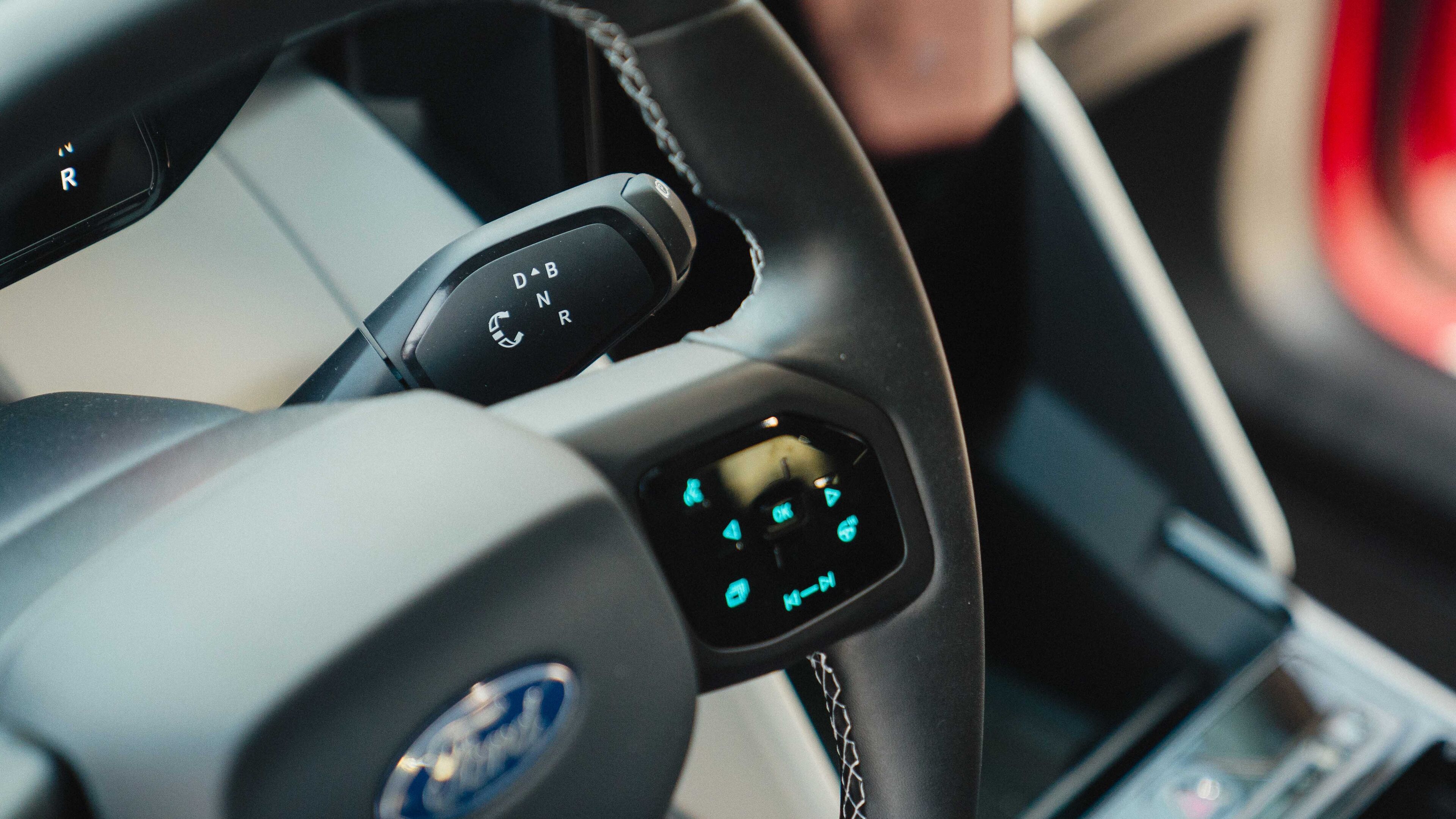
The old rivalry's back: Vauxhall Grandland vs Ford Explorer
These two brands have been the ‘pile it high, sell it cheap’ kings of the UK market for decades, but their new core models take a very different tack...
Celtic versus Rangers, MacOS vs Windows, Yorks vs Yanks... the age old rivalries of the big beasts. And Ford versus Vauxhall: we've long featured face-offs of Focuses and Astras, STs and GSis, Fiestas and Corsas. In the light of which, lining up their most recent mainstream family cars is our routine duty. But of course things have changed.
For a start, Ford’s and Vauxhall’s mainstream family cars - if bought on company car schemes - are electric crossovers now. So here are the Explorer and Grandland. But the tectonic plates have shifted in other directions too. Ford and Vauxhall aren’t really the big beasts any longer. Volkswagen is comfortably the top selling brand in Britain, leaving Ford and Vauxhall to be beaten both by ‘exclusive’ players BMW and Audi, and relative newcomer Kia.
So our former giants now have to take the obvious cost-cutting measure of shared platforms. Under the Grandland’s skin is parent company Stellantis’ STLA Medium kit of parts, as per the Peugeot e-3008. Ford had to look outside the family, alighting on the VW ID’s basic components. These days there’s a lot that can be done with tuning to make related cars feel different. And a lot that can’t.
Photography: Oliver Brookwell
So industry spreadsheets say these aren’t the two most important cars of their kind. Yet a deeply ingrained folk memory says they are. Britain can’t stop thinking about rep-piloted Mondeos and Vectras, and beloved family cars rolling off the lines at Ellesmere Port and Dagenham. Recently BBC Radio 4’s Today programme did a piece on the state of electric car manufacturing here.
It chose to interview the head of Ford of Britain, who pleaded for EV subsidies and implied Ford’s cars are central to UK manufacturing. The interviewer failed to challenge her on the fact Ford hasn’t built a car here for 22 years. Because everyone still assumes Ford and Vauxhall are the flag carriers. So sooner or later someone at the pub is going to ask you as a Top Gear reader which new age car is better, the Ford or the Vauxhall. That’s why we did this test.
The Explorer and Grandland do the same job. We’re testing them in their single motor versions. For the Ford, that’s RWD, a handy 286bhp, and a 77kWh battery. The Vauxhall is FWD with a meeker 213bhp and a 73kWh battery. The range by comparable but unrealistic WLTP measure is 358 miles for the Ford and 325 for the Vauxhall. If you’re nervous and don’t mind spending for lithium you’ll likely seldom use, there’s a 435-mile version of the Grandland coming. As compensation for the lesser power and range than the Ford, the Vauxhall is more than 10 per cent cheaper when you adjust for kit.
Ford actually has a pair of closely related family electric SUVs, and both resuscitate names from the ICE age. The Capri is the slightly slinky one. Whereas the Explorer leans, visually at least, into the blocky heritage of the American truck its badge invokes. We’re even seeing even a bit of F-150 Lightning in its face. The Grandland also has a weighty two box outline, but crisp pressing lines on its sides and a lighter touch to its exterior details give it a more car-like look. Oddly, in small photos it looks just like the old Grandland, but when it’s actually stood before you, its design is a big step on.
Top Gear
Newsletter
Thank you for subscribing to our newsletter. Look out for your regular round-up of news, reviews and offers in your inbox.
Get all the latest news, reviews and exclusives, direct to your inbox.
Inside, the Grandland is an even more significant change from the old, with a shift to angular, horizontal definition and trendier materials including cloth on door tops and dash, and some brazenly fake but not unpleasant carbon fibre-ish weave. This Ultimate trim gets a pair of widescreens with twinkly graphics, and although the Stellantis operating system isn’t too intuitive when first you meet it, after a while it can be configured to a layout that brings most people’s individual priorities to the fore.
That’s even though the Vauxhall lacks the related Peugeot’s i-Toggle shortcuts. Physical keys get you to the home and the driver assist screens. Another set of hard keys cover all main climate functions except the one I use most often, air distribution. But props to the Grandland for putting its outer air vents in the doors, so fresh air blows on the driver’s face not knuckles. The top spec also gets you a very informative HUD, which is just as well as the driver display doesn’t make very good use of its pixels.
Still, its driver display is bigger than the Explorer’s, which makes do with the famously minimal VW one. It does however swap out VW’s touchscreen for a really big Ford-specific one. It’s straightforward to use, legible, usefully configurable and generally a model of logic. Or at least its logic corresponds with the operating system of my own brain – one must recognise these things are personal. That screen also pivots electrically so you can make it more streamlined and discreet, or higher and more reachable.
The Ford does feel heavier. But it’s more fluent and composed and mature with it
The ‘transmission’ selector (it’s actually the motor control of course) is a stalk on the right of the wheel, leaving the dip switch, wipers, washers and indicators to be crowded onto a single wand on the left. The main light switch is VW’s confusing touch array, and Ford also uses VW’s absurdly counterintuitive setup with two switches for four windows. Why couldn’t Ford have binned those off? Skoda did.
Both cars have good front seats and driving positions. The three people in the back of the Ford will be happier than their oppos in the Vauxhall, because the Ford has usefully more legroom. On the other hand, the Vauxhall wins for boot space. Both boots have two-level floors so you can put mucky stuff underneath. For in-cabin storage, the Ford wins as its various cubbies are a bit bigger. And they perform extra tricks including a cupholder bin affair that can go up top or down by your shins, and a hidden bin behind the central screen that motors shut and locks when the car’s locked.
We’ve often moaned about the weight of cars spun off this VW Group platform, and the Ford is a portly 2,090kg. But the Vauxhall is more, if by a negligible one per cent. Yet the Grandland manages to feel the lighter of the pair. Its featherweight steering, too light for us, is the beginning of that impression. Also the suspension has a quick pace to its primary bounce, almost like a supermini.
That steering needs a bit of getting used to though. It’s fine out on the dual carriageway, stable at the straight ahead, but wind on a little lock and it gets surprisingly quick, darting the car into a bend. That adds to the superficial sense of agility. (Different, by the way, from the Peugeot e-3008’s gentler setup.) The frequency selective dampers do a pretty sound job of containing big body motions, but there’s sometimes some busy secondary flutter, and overall the ride is pretty firm. Still, the suspension and tyres are quiet.
Because the Grandland’s motor has a lot less torque than the Explorer’s, traction isn’t a problem. That of course is the issue – the Vauxhall is noticeably the slower of the pair, weaker in its pickup from any speed. Still, this is a family car, so you can’t accuse it of being too feeble. More annoying is the brake pedal, which is overservoed and mushy so it’s too easy to stand the car on its nose and spill the kids’ drinks. If you use the paddles to ask for maximum regen, the accelerator gets quite twitchy in low speed manoeuvres.
So, yeah, the Ford does feel heavier. But it’s more fluent and composed and mature with it. Its steering is weightier but always gives the response you’re expecting. There’s a subtle but noticeable RWD balance – not oversteer, just a sharing of effort with the rears doing the driving and the fronts the steering. It sits better on the road, and rolls more progressively. It’s a subtly satisfying drive.
It also has more performance than the Grandland, arriving at 62mph in the same time as a Focus ST. The standard accelerator map is just fine – there’s a sport calibration but it just front loads the pedal without any absolute improvement. Anyway, the Ford’s suspension lets you make use of the extra power over the Grandland, getting along with less drama. The Ford’s ride is a little busy at low speed, but get going and it’s definitely less perturbed than the Vauxhall’s. The brake pedal is artificial feeling but more progressive than the Vauxhall’s and you can switch to adaptive regeneration that uses radar and navigation feeds to slow you when the car in front slows, or there’s a junction upcoming.
Ford might sell a better Volkswagen, but Peugeot sells a better Vauxhall
Both get a pretty comprehensive set of drive assists, so you can have lane centring and adaptive cruise control on slow moving suburban jams and motorways – though both their chassis hold course well at speed without electronic help. The Ford’s lane departure prevention system often grabs the wheel when you’re taking a perfectly sensible course on country roads, but you can set a shortcut to turn it off. Surround cameras also come with these specs, and that’s a good thing given their thick pillars, high waists and likelihood of children blocking the rear window.
This test wasn’t a particularly long distance, but we have masses of experience with the Ford’s drivetrain and can confidently say it’ll do 280 sanely driven motorway miles on a warmish day, and more on gentler roads. The Vauxhall would be 250 on the motorway. But a gotcha is that Ford asks extra for a heat pump that’s standard on the Vauxhall. So an unequipped Explorer is likely to suffer more in winter. Peak charge power is slightly higher for the Vauxhall and its battery is slightly smaller so on a common 150kW post it’ll be a few minutes quicker 10–80 per cent, getting it done in just under half an hour. But of course that 80 per cent will get you less far.
If you can stand the meeker performance and range, the Vauxhall looks cheaper. For this Ultimate spec with matrix lights, pano sunroof, upgraded hi-fi, heat pump and 20s, it’s £45,195 (though that's since come down to £40,495). That lot on the Ford means the Premium trim at £49,975 plus two option packs adding £2,350.
We’d be happy with this Select trim for the Explorer. It’s better to drive and quicker. It wins against the Grandland. That’s settled the old binary battle of British adversaries. The industry back story is a little more coloured. Ford might sell a better Volkswagen, but Peugeot sells a better Vauxhall.
Trending this week
- Car Review
BMW iX3









